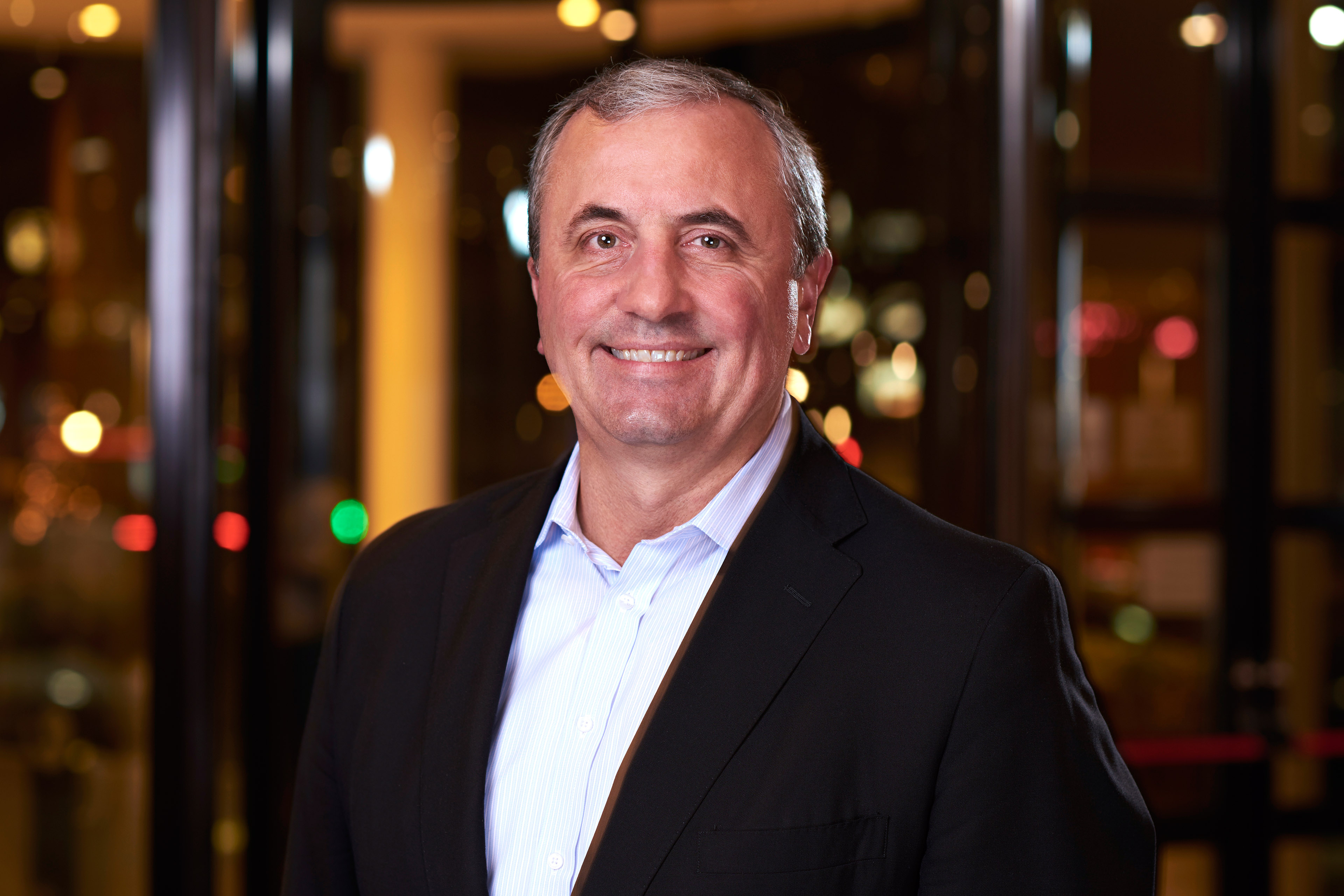EY refers to the global organization, and may refer to one or more, of the member firms of Ernst & Young Global Limited, each of which is a separate legal entity. Ernst & Young Global Limited, a UK company limited by guarantee, does not provide services to clients.
How EY can help
-
Sustainability and environment, social and governance (ESG) services that help protect and create value for business, people, society and the world, from a recognized leader in ESG and sustainability consulting. Explore the depth and breadth of EY services and solutions. Contact EY teams for more information.
Read more
In November 2021, EY leaders took part in COP26 – the first COP summit to bring business and finance leaders together with government to determine the need for collective action. Looking ahead to COP27, held in Egypt in November 2022, we will continue to support the fight to accelerate progress toward a net-zero emissions future. We will work with clients to translate the promises made into business actions that create real impact.
We continue to engage with standard setters on the measurement and reporting of sustainability, and drive progress through our work with external organizations, such as the Sustainable Markets Initiative (SMI) which has been championed by His Majesty King Charles III, and the S30 forum of Chief Sustainability Officers (part of the SMI).
As the climate science clearly shows, it is critical that organizations large and small rapidly accelerate all efforts to reduce the amount of carbon in the atmosphere. But everyone must play a role, and those of us who can go even further, should do so. Together, we can rise to the challenge of net zero and build a better, and more sustainable working world.
“The challenges of climate change and decarbonization need answers that can only be found together. Through collaborating with others, we’ll find the collective solutions that’ll help us all reduce emissions,” says Carmine Di Sibio, EY Global Chairman and CEO. “After all, sustainability is everybody’s business.”



